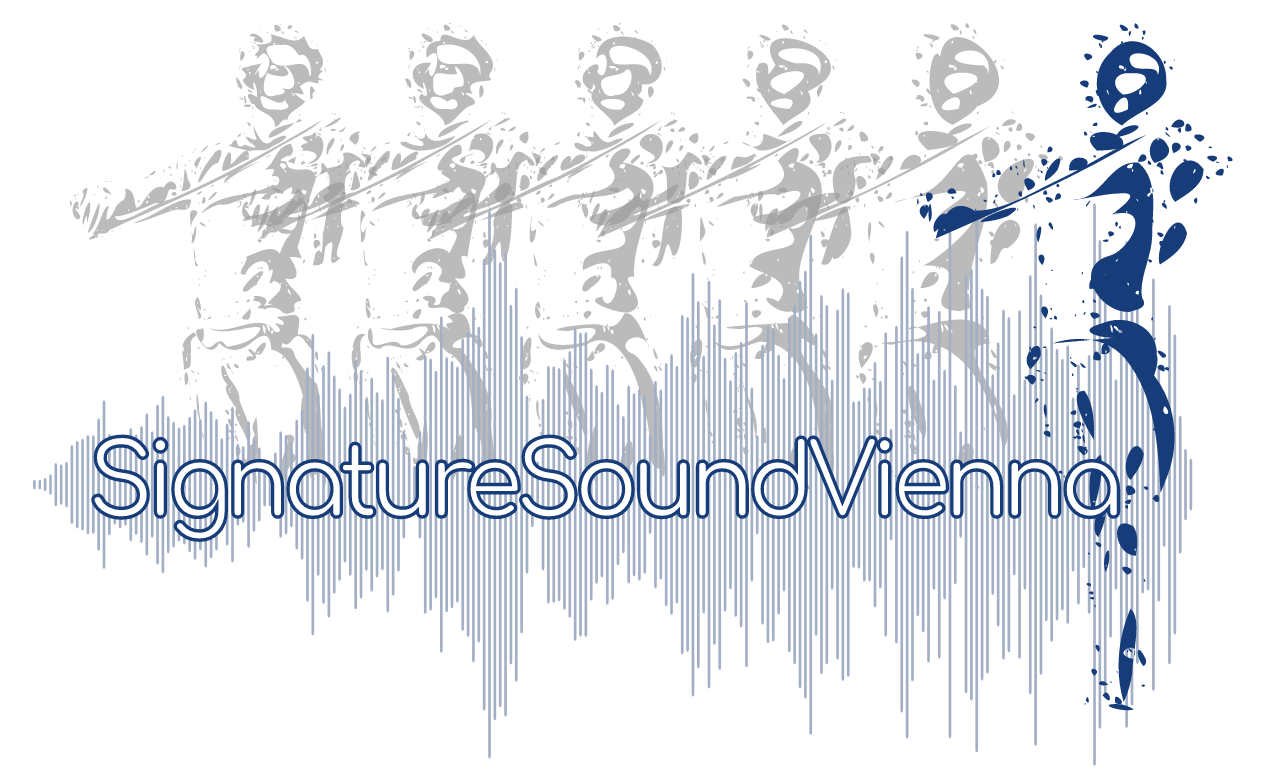FWF Signature Sound Vienna
Quantifying the signature sound of the Vienna Philharmonic's New Year's Concerts

| Project number: | FWF P 34664-G |
| Project leader: | David M. Weigl |
| Research institution: |
Department of Music Acoustics – Wiener Klangstil (IWK) Department of Musicology and Performance Studies (IMI) |
| Project Team: | David M. Weigl, Chanda VanderHart, Werner Goebl, Markus Grassl, Matthäus Pescoller, Delilah Rammler, Fritz Trümpi |
| Date of approval: | 10.05.2021 |
| Project start: | 01.09.2021 |
| Project end: | 31.03.2025 |
| Scientific areas: |
102030, Semantic Technologies (30 %) 102035, Data Science (30 %) 605007, Digital Humanities (20 %) 604024, Musicology (20 %) |
| Keywords: | Music Informatics, Semantic Web, Digital Humanities, Digital Musicology, Linked Data, Music Information Retrieval |
| Project data: | GitHub Organization (source code, score encodings). More tba. |
The same procedure as every year?
The Vienna Philharmonic Orchestra’s New Year’s Concert is an international New Year’s Day staple, providing enjoyment to an audience of tens of millions in nearly 100 countries through its yearly live broadcast. The concert series is both consistent and changing over time: inseparably associated with the Vienna Philharmonic, but subject to the continuous evolution of its membership; presided over by famous conductors, who initially tended to retain their position for many years, then began changing with every iteration; and, featuring a variety of compositions and composers over the span of time, while including the same favourites—most notably, An der schönen blauen Donau (Blue Danube Waltz; Johann Strauss II) and Radetzkymarsch (Radetzky March; Johann Strauss I)—year after year.
The ever-repeating, ever-changing nature of these concerts make their recordings an appealing collection for musicological analysis. Is the orchestra performing the same procedure (as) every year, or can we trace changes over time? Can these be explained using historical performance aspects, such as by who was conducting or leading the orchestra as concertmaster? Can we find signatures of the Vienna Philharmonic when performing these compositions so inextricably linked to them, compared to other orchestras’ performances? How about other Viennese, versus international, orchestras—does Vienna really have a signature sound?
The fine-grained study of such a large collection is hard work. Recent large music research projects have begun establishing new ways of doing computer-assisted, digital musicology. We adopt these in our project, combining technological building blocks from three different areas to make analysing such a huge collection of data possible: “music encoding”, which lets us represent the musical score in a way that is understandable by machines as well as humans; “music information retrieval”, which allows machines to make sense of recorded music, for example to figure out the tempo or loudness of performance at a particular time during a recording; and “Web science”, allowing us to interconnect the different kinds of music information with historical and cultural data, such as the people who were involved in a particular concert, or the ways in which the concert was received in newspaper reviews.
These computer technologies can’t replace a musicologist’s insights. Rather, they provide new techniques for the musicological toolbelt: beside a more typical deep, narrow focus on a single or a few recordings (so-called “close listening”), the musicologist is able to step back and test out ideas on huge collections (“distant listening”). Interactions between musicologists coming up with new questions to ask from these perspectives, and technologists building the tooling to help answer them, form the core of our project.

